Intro
Discover how Clopidogrel works through 5 key mechanisms, including antiplatelet activity, blood clot prevention, and cardiovascular protection, reducing heart attack and stroke risk.
The importance of understanding how medications work cannot be overstated, especially when it comes to drugs like clopidogrel that are used to treat and prevent serious health conditions. Clopidogrel, an antiplatelet medication, plays a crucial role in preventing blood clots that can cause heart attacks and strokes. Its mechanism of action is complex and involves several key steps that ultimately lead to the prevention of unwanted blood clots. For individuals taking clopidogrel, understanding its effects on the body can provide reassurance and encourage adherence to prescribed treatment plans. Moreover, healthcare professionals benefit from a detailed knowledge of clopidogrel's workings to effectively manage patient care and make informed decisions about treatment options.
Clopidogrel's impact on public health is significant, given the prevalence of cardiovascular diseases worldwide. By inhibiting platelet activation and aggregation, clopidogrel reduces the risk of clot formation in coronary arteries, thereby decreasing the incidence of myocardial infarction and other thrombotic events. This not only improves patient outcomes but also contributes to a reduction in healthcare costs associated with the management of cardiovascular diseases. As research continues to uncover the intricacies of clopidogrel's action, its role in preventive cardiology is likely to expand, further emphasizing the need for a comprehensive understanding of its mechanisms.
The process by which clopidogrel exerts its antiplatelet effects is multifaceted, involving the modulation of platelet function at various levels. At the heart of its action is the inhibition of the P2Y12 receptor, a key player in platelet activation. By blocking this receptor, clopidogrel prevents adenosine diphosphate (ADP) from binding, which is a critical step in the platelet aggregation process. This inhibition results in a decreased tendency for blood to clot, reducing the risk of thrombotic events without completely eliminating the body's ability to form clots when necessary, such as in response to injury.
Clopidogrel's Mechanism of Action
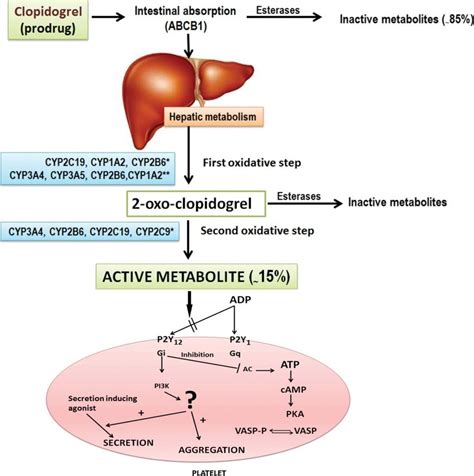
Steps Involved in Clopidogrel's Action
The process can be broken down into several key steps: - Ingestion and Absorption: Clopidogrel is taken orally and absorbed into the bloodstream. - Metabolic Activation: The prodrug is metabolized in the liver to produce the active metabolite. - Receptor Binding: The active metabolite binds to the P2Y12 receptor on platelets. - Inhibition of Platelet Aggregation: The binding of the active metabolite to the P2Y12 receptor prevents platelet aggregation in response to ADP.Benefits of Clopidogrel

Indications for Use
Clopidogrel is indicated for use in several clinical scenarios, including: - Reduction of myocardial infarction, stroke, and other vascular events in patients with acute coronary syndrome. - Patients with a history of myocardial infarction, stroke, or established peripheral artery disease. - As part of dual antiplatelet therapy (DAPT) in patients undergoing PCI.Working Mechanisms
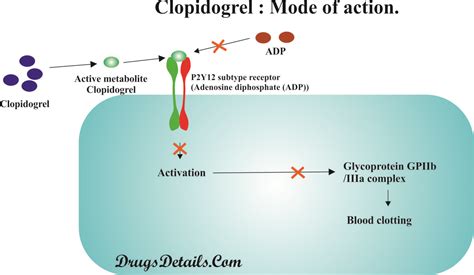
Pharmacokinetics and Pharmacodynamics
Understanding the pharmacokinetics and pharmacodynamics of clopidogrel is essential for optimizing its therapeutic effects. The drug's absorption, distribution, metabolism, and excretion (ADME) properties determine its bioavailability and the duration of its action. The formation of the active metabolite and its binding to the P2Y12 receptor are critical for the drug's efficacy. Variability in genetic factors, such as polymorphisms in the CYP2C19 gene, can influence an individual's response to clopidogrel, highlighting the importance of personalized medicine approaches in optimizing antiplatelet therapy.Steps for Effective Use

Monitoring and Adherence
Monitoring and adherence are key components of effective clopidogrel therapy. Patients should be regularly assessed for signs of bleeding or thrombosis, and their medication regimen should be adjusted as necessary. Adherence to the prescribed treatment plan is critical, as discontinuation of clopidogrel can lead to a rebound increase in platelet aggregation and a heightened risk of thrombotic events. Strategies to improve adherence include patient education, simplification of medication regimens, and the use of reminders or pill boxes.Practical Examples and Statistical Data
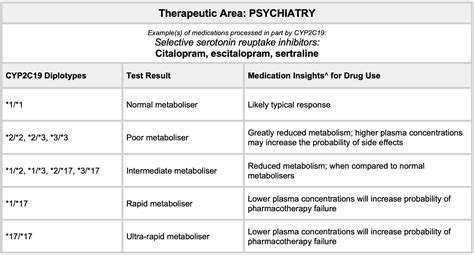
Clinical Trials and Evidence
Clinical trials have provided substantial evidence supporting the use of clopidogrel in the prevention of cardiovascular events. These studies have not only demonstrated the drug's efficacy in reducing the risk of thrombotic events but also highlighted its safety profile, with a favorable risk-benefit ratio in most patients. Ongoing research continues to explore the optimal use of clopidogrel, including its combination with other antiplatelet agents, its use in specific patient populations, and the development of personalized treatment strategies based on genetic and clinical factors.SEO Optimization and Readability
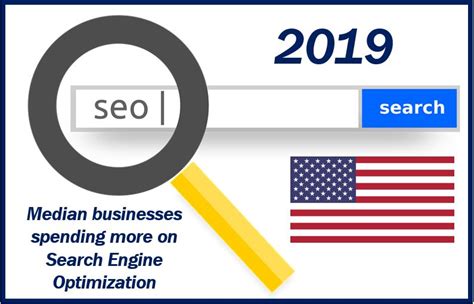
Keyword Density and Synonyms
Maintaining an optimal keyword density is essential for SEO optimization. This involves using the primary keyword, "clopidogrel," and related phrases, such as "antiplatelet medication" or "P2Y12 receptor inhibitor," in a way that is natural and informative. Utilizing synonyms and related terms can help diversify the language, reducing the risk of keyword stuffing and improving the overall quality of the content. By incorporating these strategies, writers can create content that is both informative and optimized for search engines, thereby increasing its visibility and usefulness to readers.Engagement and Action
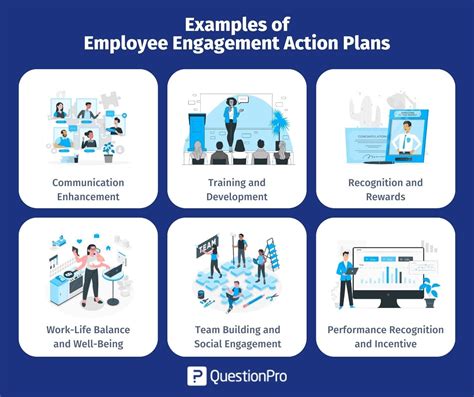
Call to Action
In conclusion, the importance of clopidogrel in the prevention of cardiovascular events cannot be overstated. As a powerful antiplatelet agent, it offers significant benefits in reducing the risk of heart attacks and strokes. By understanding its mechanism of action, benefits, and practical applications, individuals can make informed decisions about their health and work closely with healthcare professionals to optimize their treatment plans. We invite readers to share their thoughts, experiences, and questions about clopidogrel, contributing to a broader discussion on its role in cardiovascular health and the advancement of personalized medicine approaches.What is clopidogrel used for?
+Clopidogrel is used to prevent blood clots that cause heart attacks and strokes. It is prescribed for patients with acute coronary syndrome, those undergoing percutaneous coronary intervention (PCI), and individuals with a history of myocardial infarction or stroke.
How does clopidogrel work?
+Clopidogrel works by inhibiting the P2Y12 receptor on platelets, preventing adenosine diphosphate (ADP) from binding and thereby reducing platelet aggregation and the formation of blood clots.
What are the benefits of taking clopidogrel?
+The benefits of taking clopidogrel include a reduced risk of myocardial infarction, stroke, and other vascular events in patients at high risk of cardiovascular disease. It also improves outcomes for patients undergoing PCI and those with a history of cardiovascular events.
What are the common side effects of clopidogrel?
+Common side effects of clopidogrel include bleeding (such as bruising, nosebleeds, or bleeding gums), stomach upset, and diarrhea. Serious side effects can include severe bleeding, thrombotic thrombocytopenic purpura (TTP), and allergic reactions.
Can I stop taking clopidogrel on my own?
+No, you should not stop taking clopidogrel without consulting your doctor. Stopping the medication can increase your risk of having a heart attack or stroke. If you are experiencing side effects or have concerns about your treatment, discuss them with your healthcare provider.
